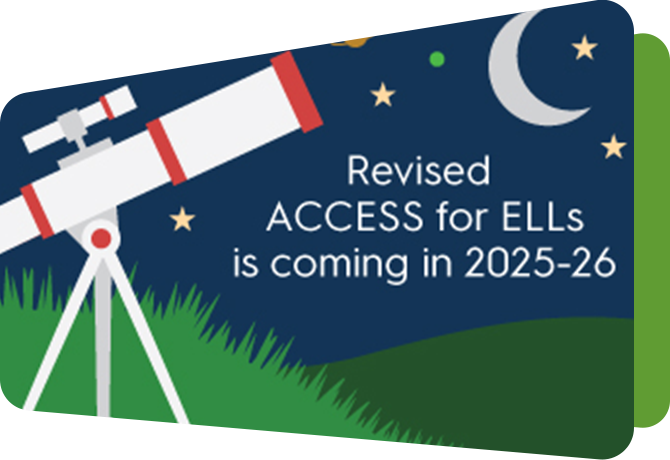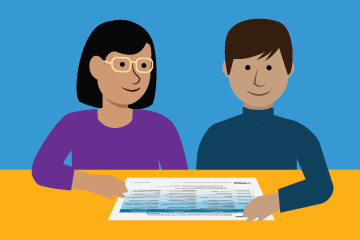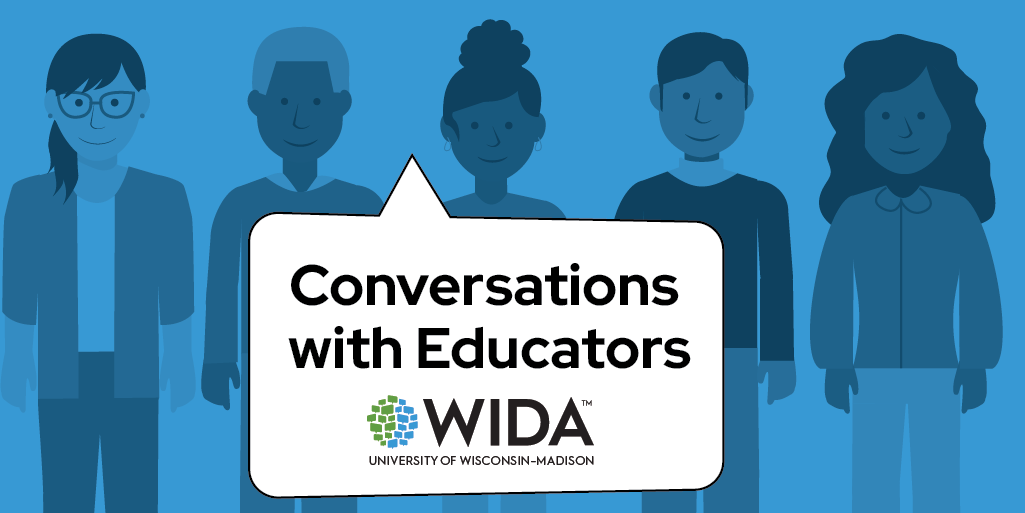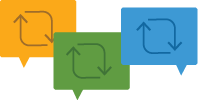Integrating classroom assessment to enhance language development
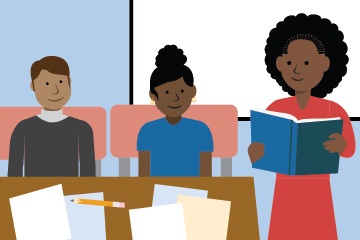
By Maya Martinez-Hart
Classroom assessment is an important tool to capture student learning in authentic and comprehensive ways. Moving beyond traditional assessment methods, classroom assessment incorporates multimodal approaches to capture students’ language learning in authentic ways. These assessments serve three primary purposes: assessment as learning, assessment for learning, and assessment of learning.
With a focus on language development within the curricular content, assessment as learning promotes active learning and helps students take responsibility for their learning process. Some examples include:
- goal-setting activities to develop metacognitive and metalinguistic skills
- performing learning tasks in the classroom
- group presentations
- student review of own work in groups
- public learning projects that make learning artifacts public to the school community
These activities not only empower students to engage in self-reflection but also allow teachers to evaluate learning systematically and effectively, providing useful and timely feedback for future learning.
Assessment for learning emphasizes the educator’s role in guiding and improving language development and learning through ongoing feedback and instructional adjustments to support students’ progress toward their learning goals. These types of assessments recognize students’ linguistic practices, fostering confidence and respect for all patterns of language use. Some examples include:
- rubrics for specific projects and tasks
- learning observations
- feedback conferences
- student self-assessment
- exit slips
The most well-known purpose of assessments is the assessment of learning. In the classroom, this type of assessment promotes collaboration with the teacher through student contributions. They are summative in nature, measuring learning against unit goals, lesson objectives or specific content, and language standards. Some examples include:
- quizzes
- oral and/or written presentations
- final unit exams
These three types of learning assessments promote agency in educators and learners alike. As they can be collaborative, both the teacher and the student have a say on determining the purpose of learning assessments, as well as the timing and the way in which they are conducted in the classroom.
Want to learn more?
Check out WIDA’s self-paced workshop, Evaluaciones del desarrollo del lenguaje a nivel de salón.* This workshop offers micro tools and multimodal resources to help you overcome common challenges in classroom assessment.
This offering is intended for bilingual Spanish/English educators serving bi/multilingual learners. The offering is primarily in Spanish and includes resources in English and Spanish.
Note: Workshops available in the Secure Portal may vary by state.
About the Author
Maya Martinez-Hart is the assistant director of standards in the Educator Learning, Research and Practice (ELRP) department at WIDA, where she has been instrumental in developing and delivering content for Early English and Spanish Language Development. Maya has extensive experience in bilingual and ESL education.

